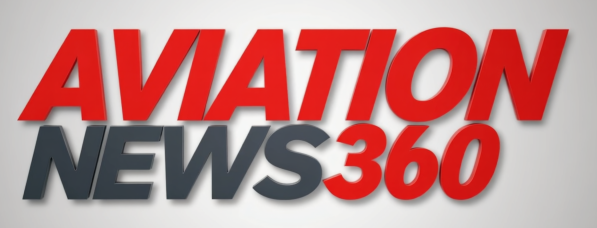[aviation news]
They say everything’s bigger in Texas—and that includes drone delivery.
On Thursday, DoorDash and Israeli provider Flytrex announced the service is available to about 100,000 residents in the Dallas-Fort Worth suburbs of Frisco and Little Elm. Customers can order food from dozens of local and national restaurants directly through the DoorDash app, delivered straight to their backyard via drone in minutes. With industry leader Zipline and Alphabet’s Wing also flying in DFW, the area is the nation’s largest drone delivery hotspot.
Before this week, Flytrex had never integrated its drones with a food delivery platform like DoorDash. The aircraft fly autonomously at low altitude and about 30 knots, covering 5 sm round trip. They carry up to 6.6 pounds of pizza, chicken wings, ice cream, or other goodies, but future models could up that to 8.8 pounds.
One of a handful of drone operators with Part 135 permissions, Flytrex operates services in nearby Granbury, Texas, and a pair of North Carolina towns, surpassing 100,000 deliveries in August. The Dallas-Fort Worth operation will be its largest to date, covering about 30,000 households, DoorDash said.
The service is fairly straightforward. DoorDash users can filter for available restaurants and load up their cart, selecting the drone delivery option at checkout. From there, a Flytrex drone picks up the order and flies to the delivery address, lowering it to the customer’s backyard using a tether—similar to Wing’s drone. The service is available between 8 a.m. and 9:30 p.m. CT.
DoorDash said the launch follows a pilot program that made more than 1,000 deliveries and was well-received by customers. It added that more DFW sites are on the horizon.
More to Come
Harrison Shih, head of product for DoorDash Labs—the company’s automation arm—believes drone delivery has the potential to stick.
“We’ve seen that it’s not just a novelty or a gimmick,” Shih said during a summit in Washington, D.C., in May. “Our customers write us, and it’s a real option for a small number of customers today.”
The collaboration with Flytrex builds on the food delivery app’s partnership with Wing, with which it is flying in Virginia, North Carolina, and Dallas-Fort Worth. Under a historic FAA authorization, Wing and Flytrex are using their own traffic management systems to fly in shared DFW airspace.
“Rather than operating in siloed zones, Flytrex and Wing operate in close proximity to serve overlapping communities, while managing their flight paths to prevent conflicts,” a Flytrex spokesperson told FLYING in May.
The FAA has concentrated its drone integration efforts in the city, where Walmart also has a major presence. The retailer has its own app integration with both Wing and Zipline, which officially launched there in April. Together, the partners estimate they can reach about 1.8 million households.
That kind of scale could soon be the reality for other U.S. cities.
In May, the U.S. Office of Information and Regulatory Affairs began reviewing a pair of key regulations that could open the floodgates for delivery drones. One, the FAA’s proposed Part 108, would allow them to fly beyond the visual line of sight (BVLOS) of the operator—a capability that, at present, is obtainable only via waiver or exemption. Without one, operations are limited to where the pilot or another human can see them.
The other rule, Section 2209, would create a way for military, critical infrastructure, and other sensitive sites to restrict airspace to only “trusted” drones.
“We want to enable the good while preventing the bad,” Lisa Ellman, executive director of the Commercial Drone Alliance (CDA), said in May.
The CDA and other industry groups had more to celebrate this month, when President Donald Trump signed a pair of executive orders that have similar goals.
The first aims to accelerate drone testing and the lifting of BVLOS restrictions for American manufacturers, giving them new manufacturing and export protections to shield them from Chinese competition. U.S. officials are wary of the vast market share of China’s DJI, which some have described as “TikTok with wings”—implying that they are used to spy on American citizens and infrastructure.
The other order builds on previous attempts—some successful —to ban DJI and other Chinese drones at the federal and state levels. It further aims to increase oversight of rogue drones, which have disrupted concerts and halted National Football League and other professional sporting events. In January, a drone punched a fist-sized hole in a Bombardier Canadair CL-415 “Super Scooper” that was battling blazes in California. The drone’s pilot later pleaded guilty to one count of unsafe operation of an uncrewed aircraft, which carries with it up to $75,000 in FAA fines.
“I think there is a broad recognition that this industry represents an opportunity for the Trump administration, partly because there was very little progress that was made,” Ellman said. “They talk about getting rid of red tape, enabling innovation to succeed, enabling emerging technologies. This all really falls within what the president has spoken about.”
Like this story? We think you’ll also like the Future of FLYING newsletter sent every Thursday afternoon. Sign up now.
Share this content:


